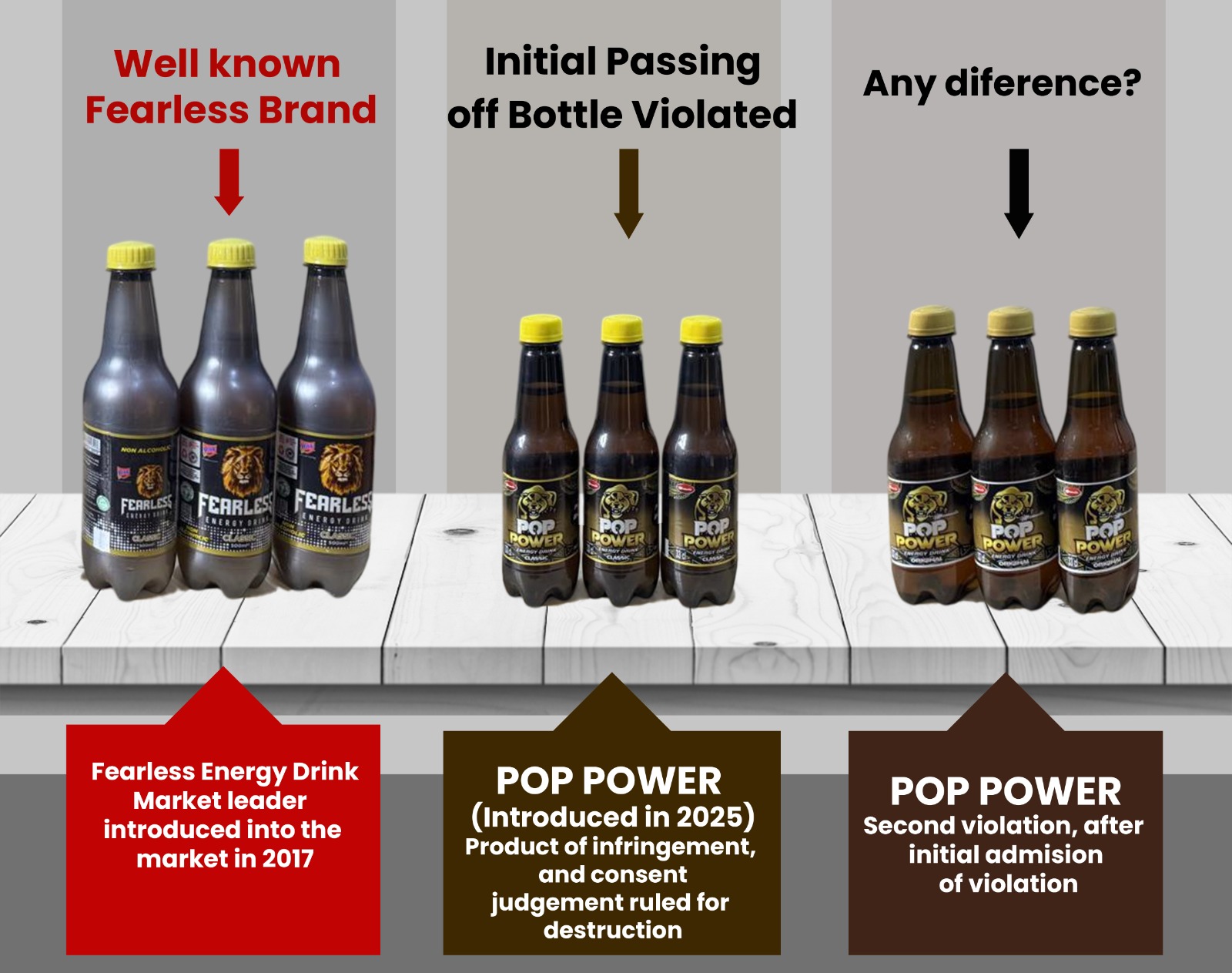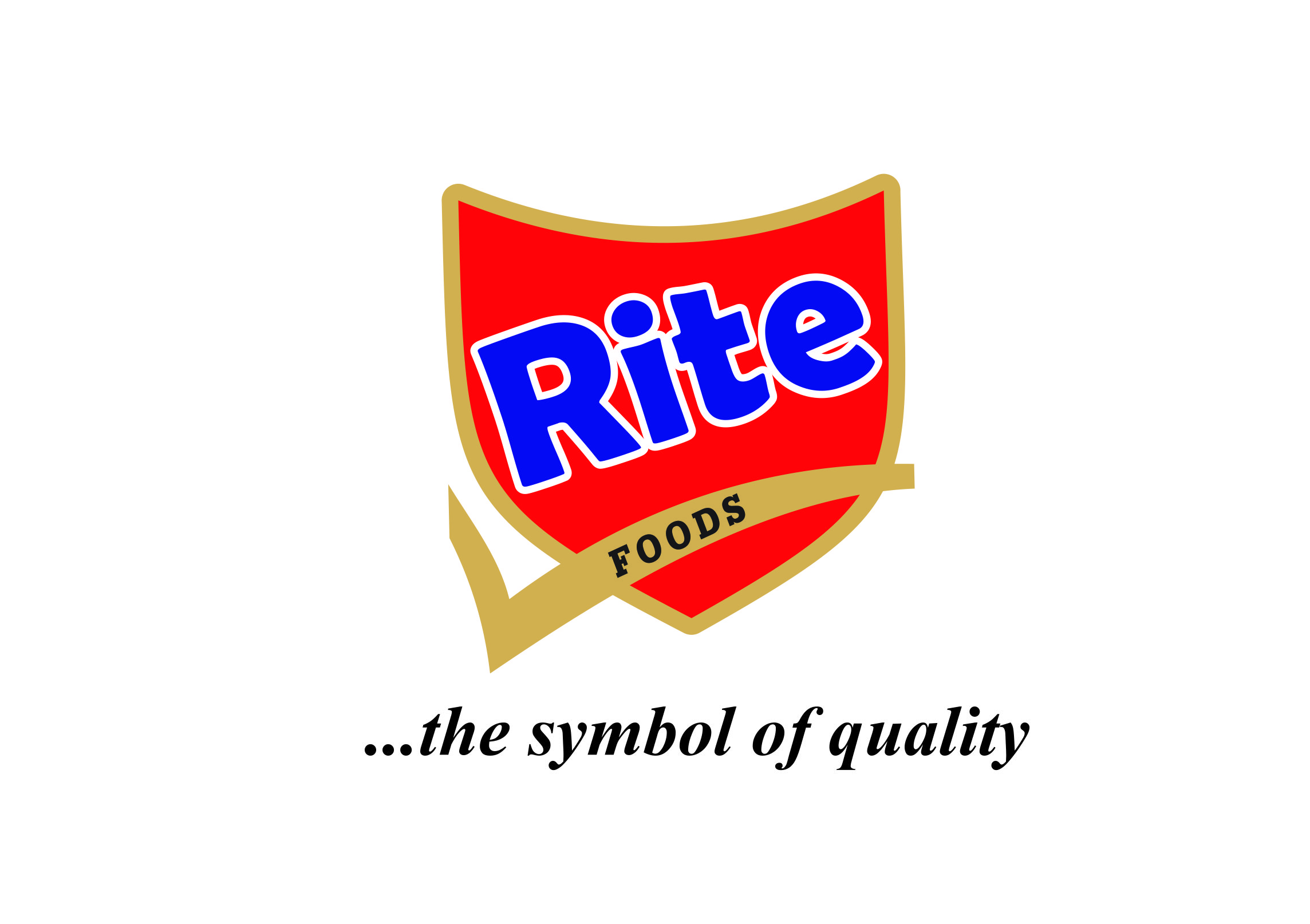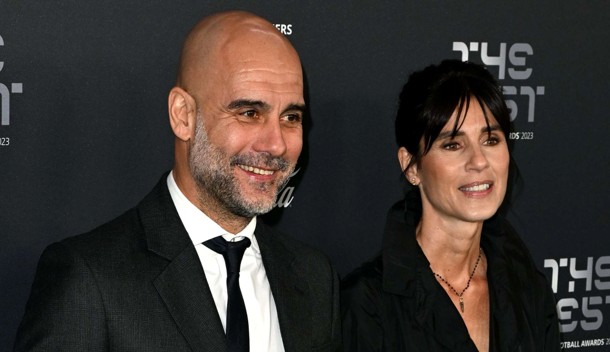Back in 2017, a buzzword entered the content marketing space and thrilled marketers into taking instant action.
No, it was not a new algorithm update or any magical marketing strategy. The word was even too common to notice. The word was “storytelling”. At that time, the age of content was already at its peak. It became essential to impress users via content, instead of selling products or services directly. Spreading facts was not enough to grab a handful of users.
In such scenarios, storytelling brought an exciting opportunity for both content marketers and creators.
Why Storytelling is So Powerful?
How many times do you tell a story to someone throughout a typical day?
Even something as simple as “This morning, I had Oreos and milk for breakfast” is a story, and your listeners will remember it well because with a single sentence, you are triggering a craving.
Neuroscience has proved that storytelling is an unbeatable way to capture anyone’s attention, bake information into their minds, and forge a personal bond with your listeners. Your targeted audience is no different; they have always craved stories and will never change.
Brands want to win the trust of users. Storytelling helps users understand, comprehend, and anticipate your brand, which increases their belief in your business, and, as a result, they start putting trust into it.
Oh, yes—stories do build trust!
But not all stories can spread this magic. To leave a lasting impression on users, you must tell a story in the right format with a perfect mix of ingredients that produce expected results.
In this article, you will learn the 3-ingredient recipe to create an appealing story for your brand.
Let’s dive in!
Step 1: Start with the Lightning-Strike Moment
“On a cold night in Paris, two people set forth for a conference but were unable to find a taxi to take them to the venue. This helpless condition made the duo invent the idea of an on-demand taxi app—Uber.”
And the rest is history.
A brand’s story narrates the series of events that triggered the organization’s inception and showcases how that lightning-strike moment still drives the mission values today.
If you take a closer look at Uber’s story, you will notice that it’s simple and easy-to-digest, and that is the primary reason it is still serving the brand’s purpose today.
Similar to the way your favorite books and movies start with a heartwarming moment that instantly catches your attention; if you can craft a compelling start to your brand story, then your audience will stick around longer to discover what happened next. This leads to my next storytelling secret.
Step 2: Showcase Your Initial Conflicts
Read the story below and determine whether it resonates with you or not.
“When she started facing issues with her sleep patterns, Joy began looking for natural ways to find a solution. She tried and tested many products from various brands, but only a few managed to stand up to her expectations. Her struggles took her on an incredible journey of founding her own company, which ended up becoming a leading metabolic health company.”
It’s the story of Joy Smith, founder of Joy Organics, whose mission is to bring natural comfort and compassion to people’s lives.
So… how did you feel when reading the story?
Did it keep you glued to the screen?
For some reason, it did, right?
That’s because there was a conflict. There was something at stake. There was a tension, which made you need to know what happened next.
This is called the power of compelling brand story. It instills emotions in users and makes them stick around until the end.
Overcoming adversity is heart of any story. If there’s a problem, then there is more opportunity to integrate emotional drama into the story, which users can relate to their real lives. It easily holds their attention and triggers their emotional state of mind. This is when users start gaining empathy for the brand.
But you don’t only want to entertain users; you want to make them fall in love with your brand. This leads us to my next storytelling secret.
Step 3: Share Your Final Success
Apart from the lightning-strike moment and the conflict, there’s one more fundamental element that gives the final touch to a compelling brand story—the resolution.
The lightning-strike moment introduces the early nature of your situation. The conflict creates stumbling blocks in your situation and puts you in a place where you are forced to find a solution. Finally, the resolution describes how you successfully found the solution, which gives an emotional payoff to your targeted audience.
In the case of Uber:
“Today, Uber has reached 60+ countries, 404 worldwide cities, and is available in 22 languages. And counting.”
To summarize, your brand’s story should go like this: (1) lightning-strike moment; (2)conflict; and (3) successful solution.
It’s as simple as that!
Bonus Tip:
You can use the same story structure to create all types of content, like blogs, videos, web pages, etc. It’s a surefire way to get users stick around until the end and lead them towards the purchasing stage.
In Conclusion
Whether you are creating a story to promote your brand or to showcase your mission values, make sure to include facts, not a made-up story. Honest truth combined with the adversity that your brand faced and how you overcame the conflict will help users relate to your brand. It will also build trust and make users either purchase right away or subconsciously schedule their future purchases from your brand.
So…. what’s your lightning story?
























Leave a Reply